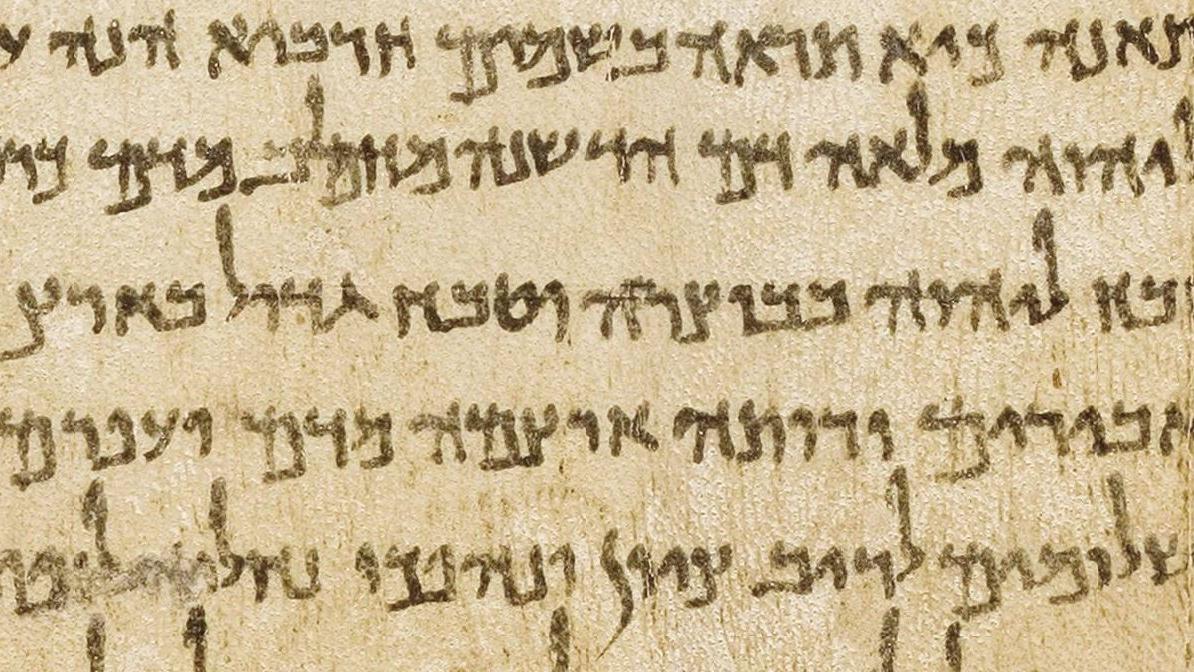"Abraham believed the LORD, who therefore accepted him as righteous."
The person of Abraham was not only of great importance to the Jewish people of the Old Testament, but he is also one of the defining figures of Christian culture. This is because the patriarch's attitude, which the sacred writer expresses in words in Genesis 15:6, was presented as an example to be followed for the chosen people in the past, and is presented to the Christian person today. This attitude, which Abraham showed towards God, is summarized in a single phrase: Abraham believed.
